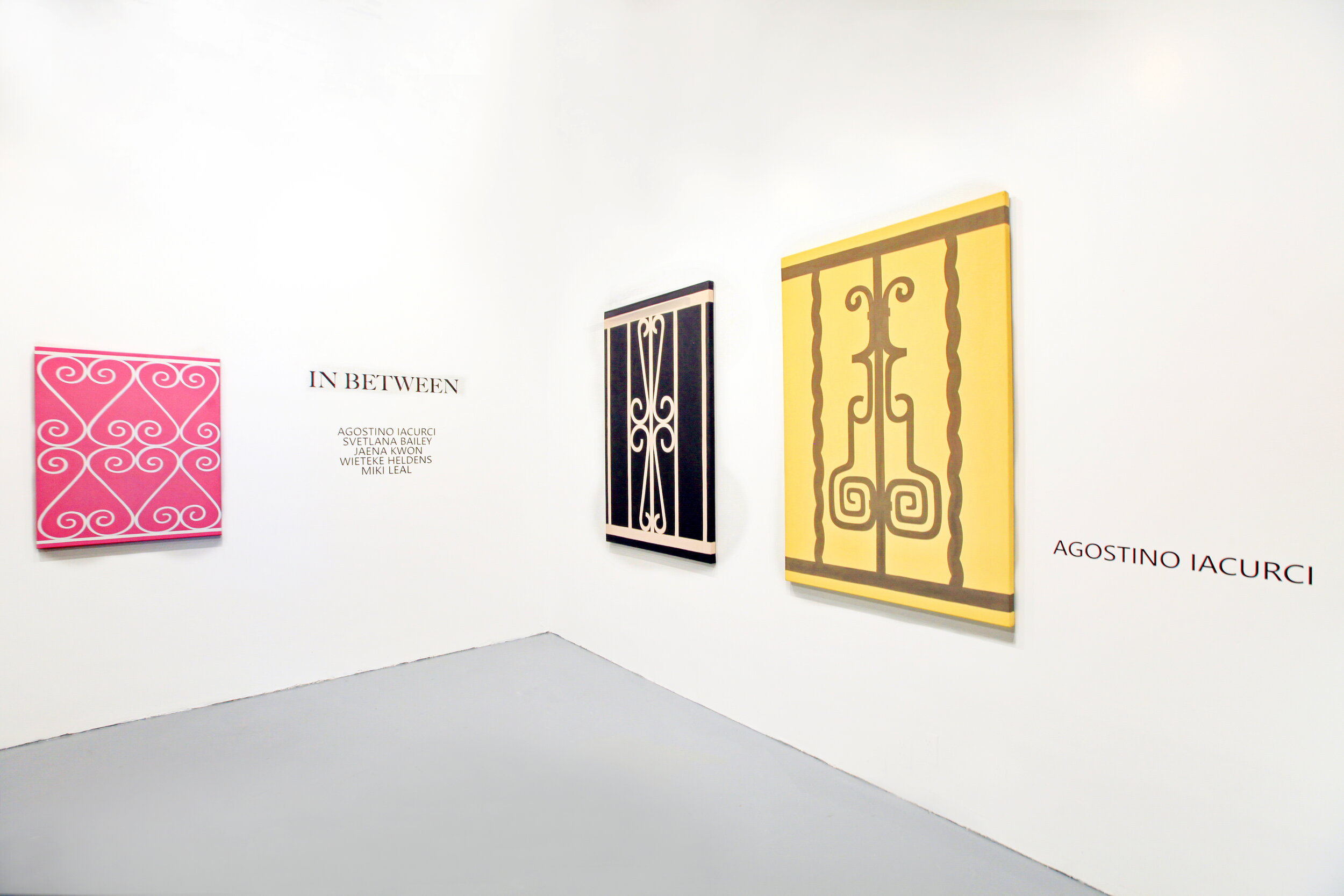
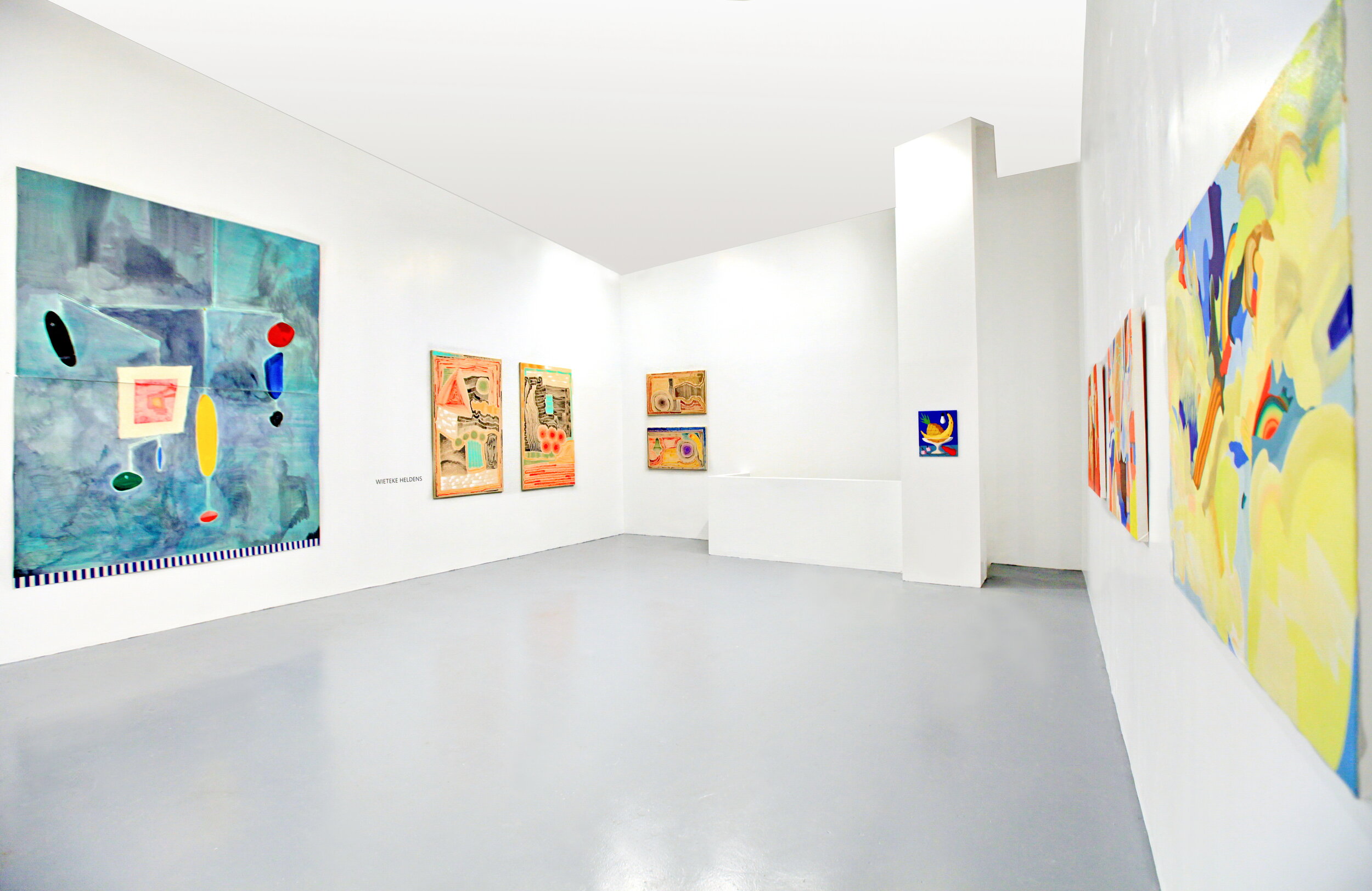
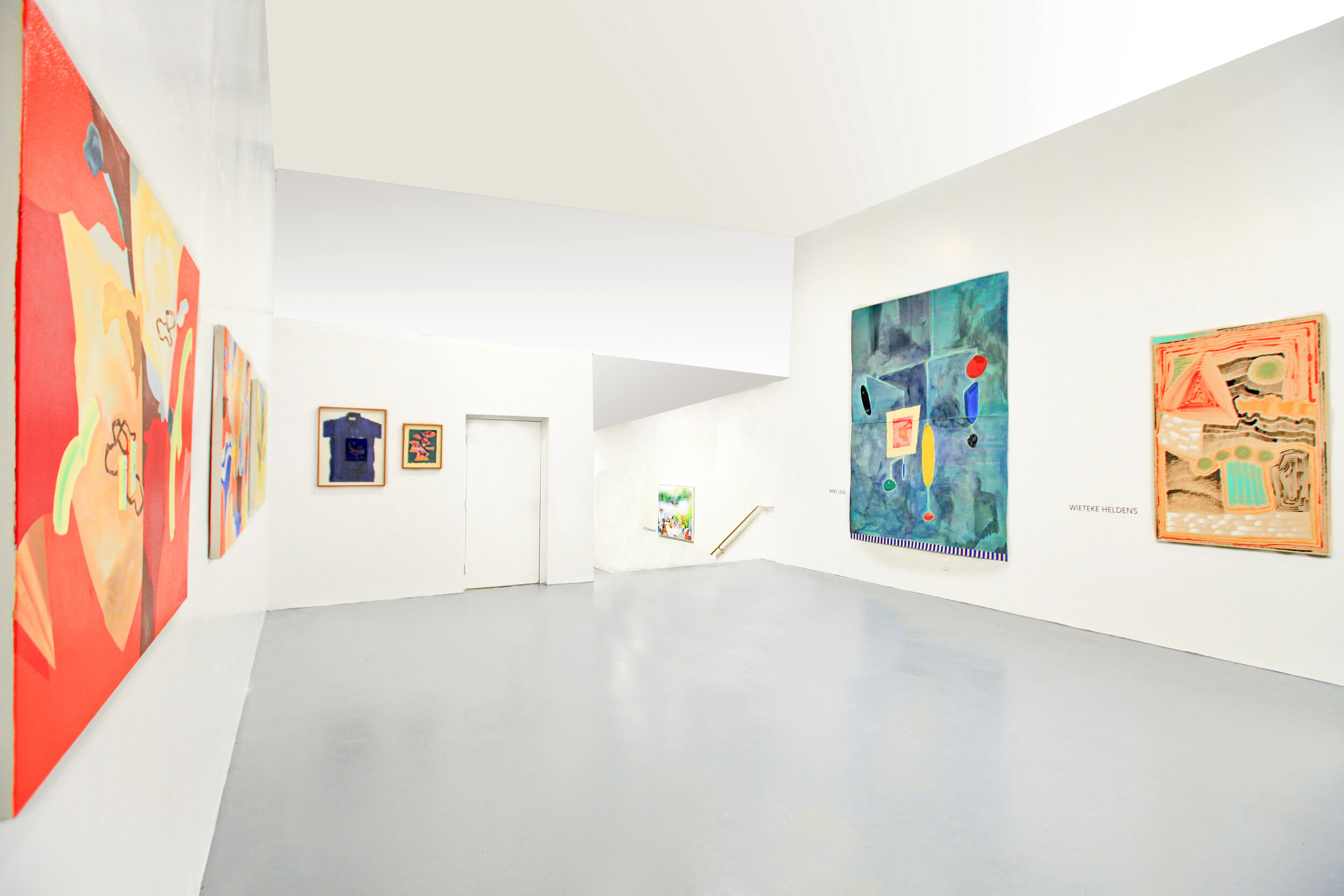
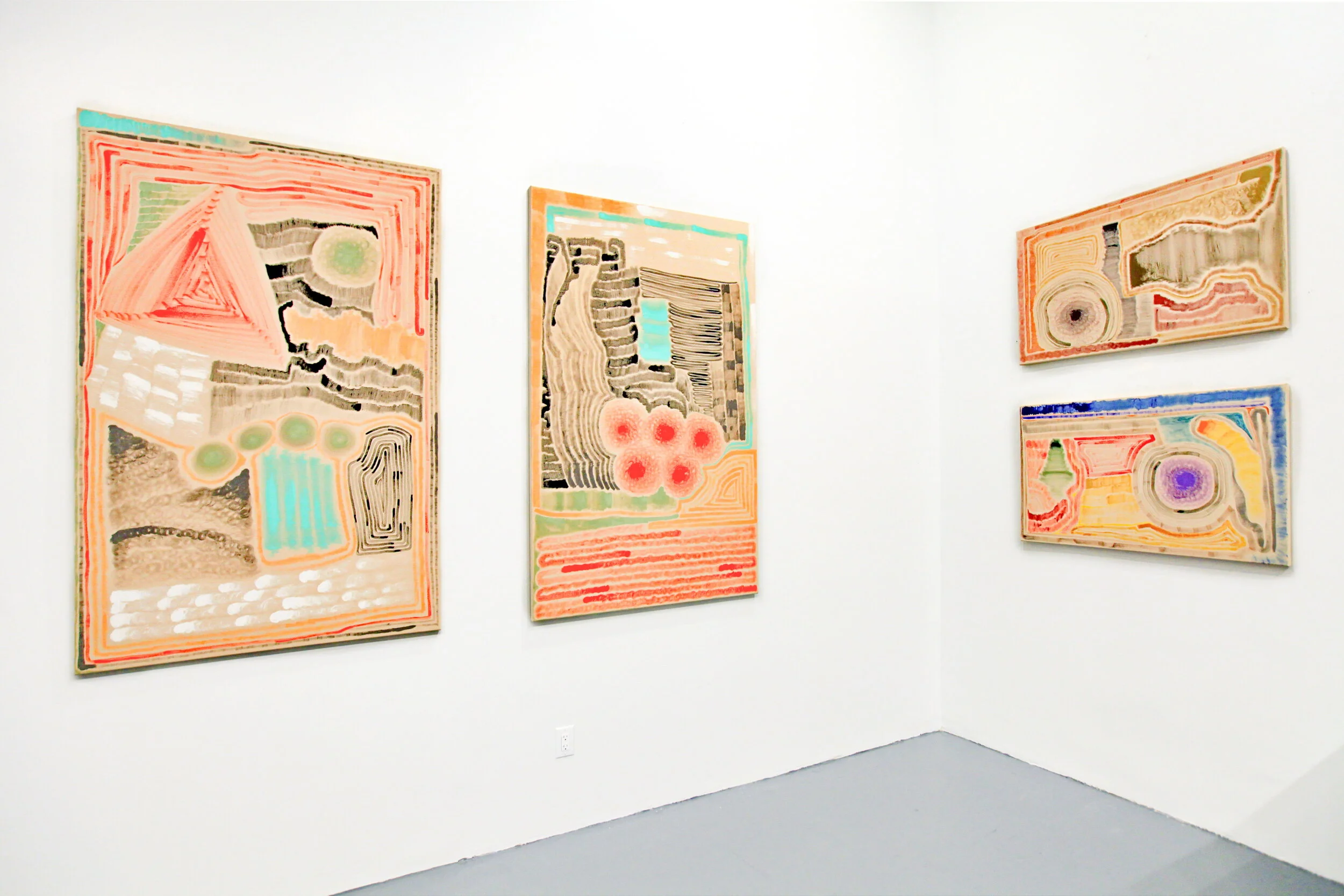
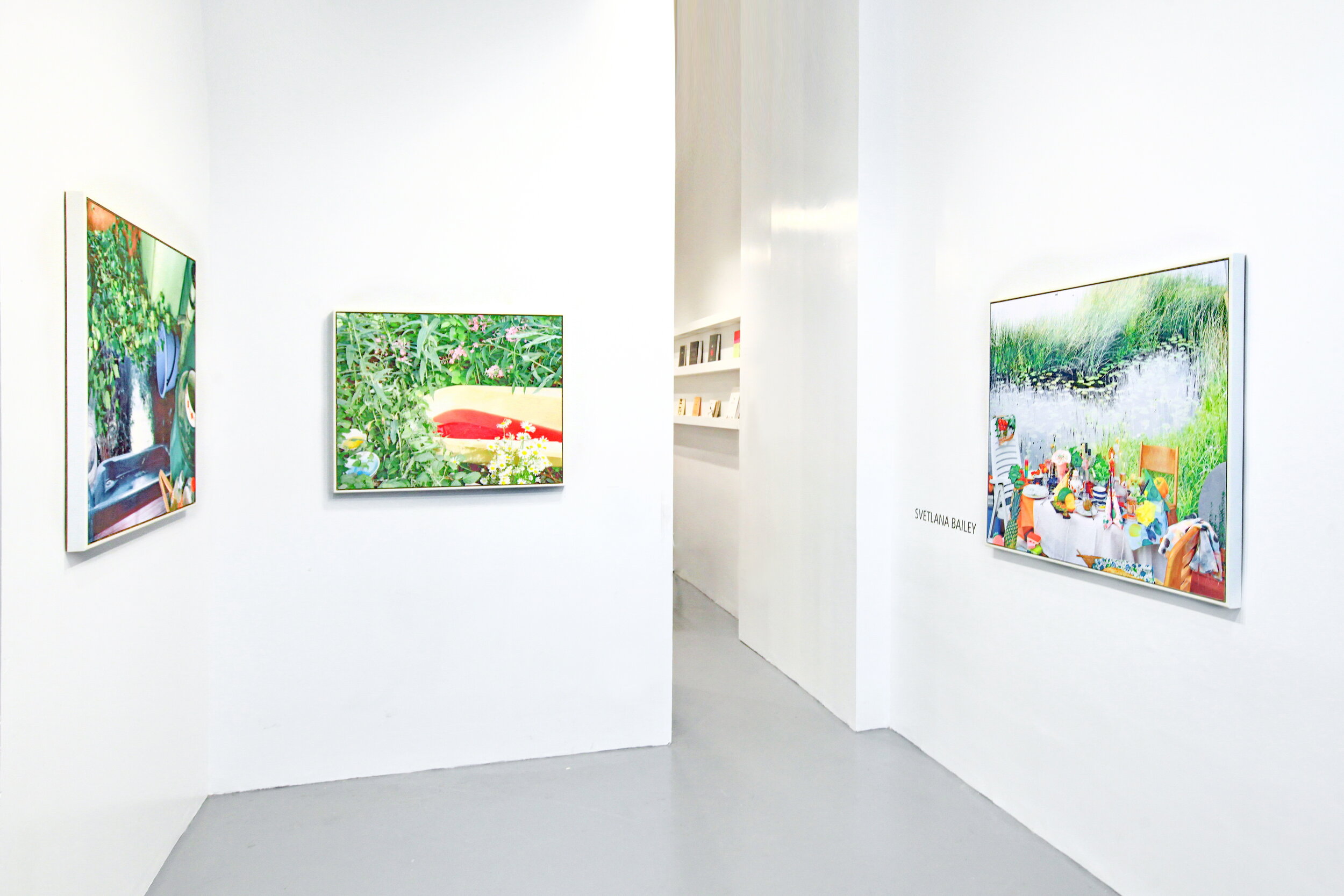
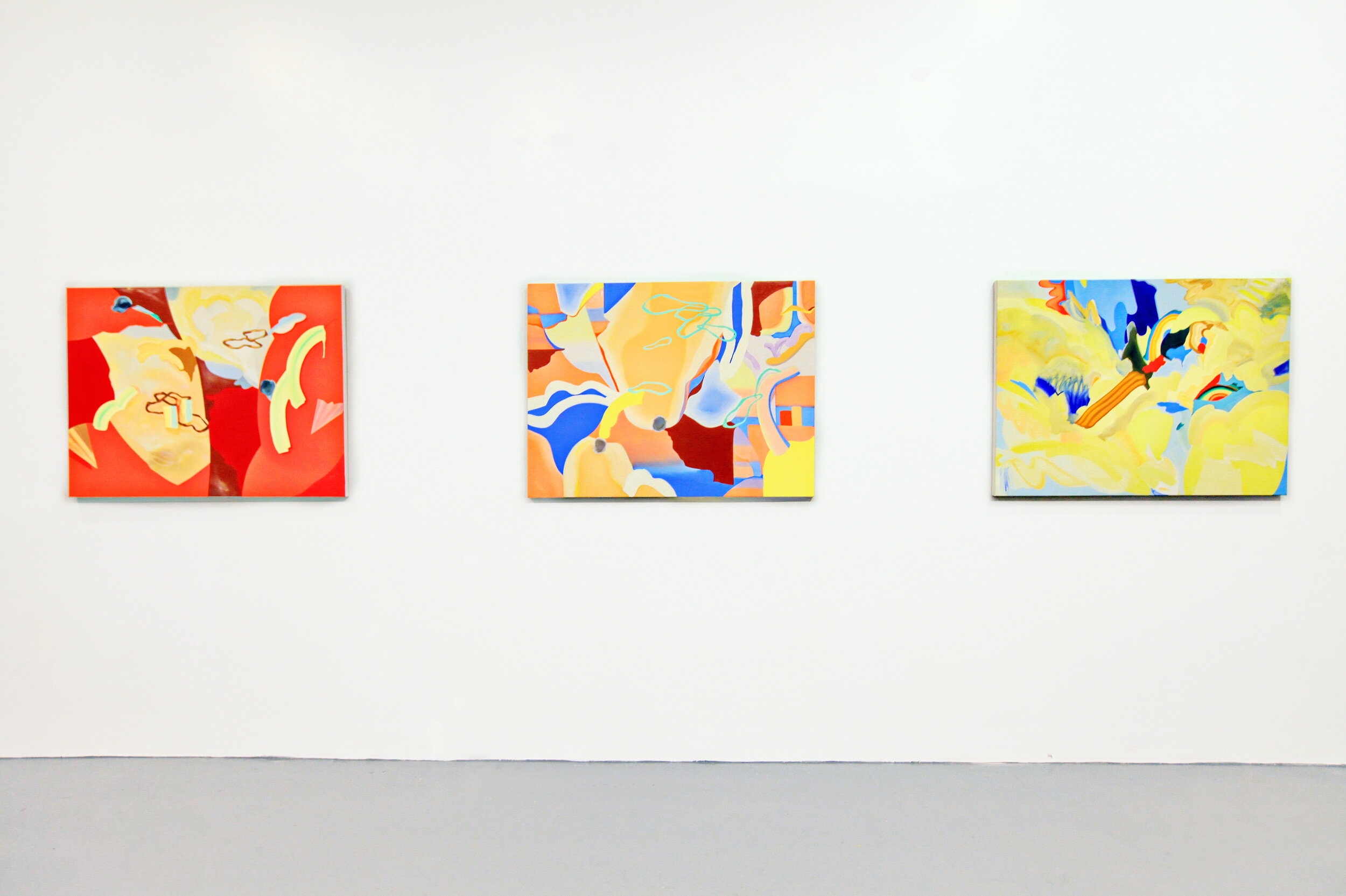
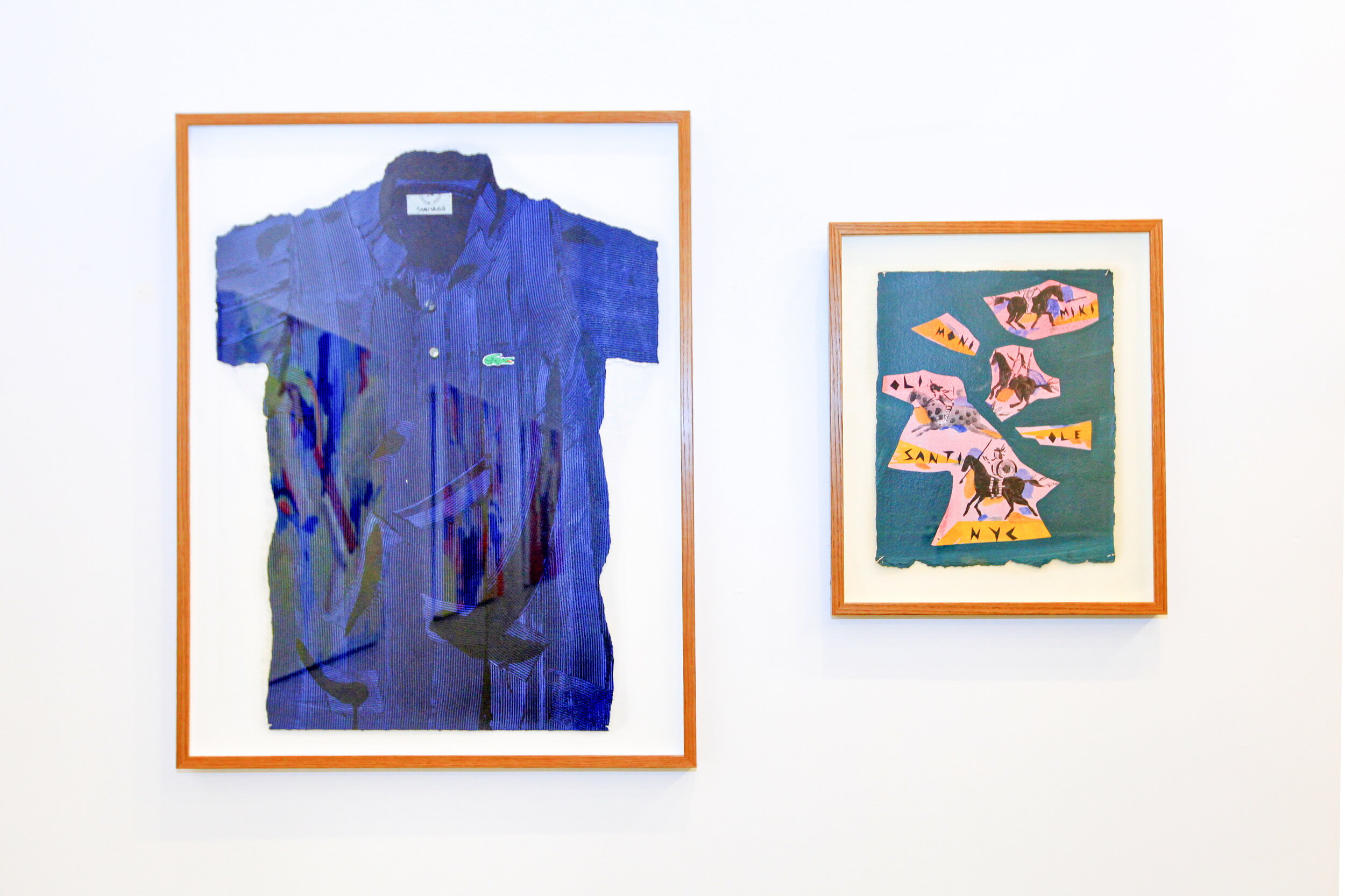
IN BETWEEN
June 10, 2021 – July 22, 2021
AGOSTINO IACURCI
JAENA KWON
WIETEKE HELDENS
SVETLANA BAILEY
MIKI LEAL
Crossing Art is pleased to present In Between, the group show by artist Agostino Iacurci, Jaena Kwon, Wieteke Heldens, Svetlana Bailey and Miki Leal. In Between presents works by five artists who are to varying degrees meticulous life experiencers and observers. Featuring more than a dozen of brilliant works created by artists from Europe, United States and Asia, this group exhibition aims to capture the sensations of gliding through time in our uncertain world of transient impressions in which nothing is fixed. The artists use multi-media language to express distinctly individual views on the ephemeral, subjective nature of reality and explore the issues of survival within each iteration as an outsider and an insider. “Outsiderness'' and “insiderness” are not fixed or static positions, rather they are ever-shifting and permeable social positions. Together, the works on view recall the tough or beautiful times and reckon with the sprawl of the obfuscation of psychological coexistence in disparate times and places. The artists in the exhibition - as observers, chroniclers, thinkers, semioticians, and skeptics - offer us truthful stories in a post-truth world.
The inspiration of Diary of Ornament comes from Agostino Iacurci’s reflection on the ornament in architecture and its relationship with inhabiting. These works were realized during the artist's residency at the ISCP as part of the New York Prize. During his residency in New York, he observed, sketched and represented the details of railings and decorative motifs of the iron gates adorning the buildings of the city as he walked through the neighborhood day by day. He spent time considering the ramifications of such canonization processes, as well as how they influence the development of societal values, norms, and ideals that decrease cultural variety. The cultural and social components that underpin, inform, and enhance the architectural landscape interact with signs and graphic components. Iacurci demonstrates the extent to which ornaments inform their audience about society's qualities, functions, and behaviors. Gates, gratings, and networks, for example, delimit spaces, govern the urban fabric, and manage social interaction. They serve as dialectical devices, dividing the interior from the exterior, the public from the private.
Jaena Kwon regards painting as a medium that deals with material flatness, but it goes beyond the surface to include a virtual space. Summer Bloom, Red Cosmos, and Hide Seek explored the virtual space of painting inspired in connection with the medium of Virtual Reality. She intends to create three imaginary spaces where each image in the canvas was expanded into an infinite space. The immersive nature of VR allows Kwon to focus on a different level of detail that is reminiscent of the virtual digital environment and bridge the gap between her vision of the painting and the completed work on canvas. Different levels of opacity, reflectivity, textures, light, and color are important tools in her works. The spaces are created by overlaying multiple layers, or by using the gap between the layers to compose multi-perspectives. Kwon works through the process by identifying characteristics in painting that potentially expand in the virtual digital space. The viewers must become an active subject, navigating the space of the work. However, the viewers are limited to a singular perspective, unable to see the whole picture at once.
It’s Like, You Know, is a series of paintings that Wieteke Heldens employ a elaborately calculated process that takes into account the number of colors to be used, the quantity of each color, the number of times a color is to be used, along with the dimensions of the painting. With these structures established, Heldens applied the paint one color at a time, alternating in increments of one gram, using the canvas to clean the brush of each color. The result is a series of color gradients unfolding in various paths around the canvas, rising or fading in intensity, depending on how one traces their individual progression. All numbers in her works refer to something very personal or something very universal, it’s all or nothing. To Heldens, the ebb and flow of color saturation mimics the filling and then emptying of our lungs, it’s like the sun rising or setting. As human beings, we are always looking for meaning in life. Heldens finds meaning in numbers and experiences, in things she sees, like colors and forms, the experience of a new beginning and in finishing something, in having a goal or a purpose.
Svetlana Bailey spent her childhood summers with her grandmother in the Russian countryside. It was an influential period in which she discovered the world on her own, where many things happened for the first time and her earliest memories were formed. That family house filled with her good old memories became empty after her grandmother passed away. Bailey returned to the house several years ago, as if opening a time capsule, to examine those impressions and to think how to represent the nearly indistinctness with the series “once there was there wasn’t”. Bailey discovered layers of image fragments captured in stories, old objects, images in albums and magazines. They pointed to the invisible marks, the impressions and mental images that remain, and perhaps for this reason— besides the dust, spider webs and the thicket of birch and cherry trees that had enjungled the outside— the house did not seem abandoned. Her works that visualized times and places that are in reality far apart yet exist together psychologically.
Always working on paper, Miki Leal develops a very personal and abstract imagining with pop and dream overtones. Like if they were fantasies, the scenarios that he creates with a polished pictorial technique are fantasies of forms and colors that have been extracted directly from the tribulations of his artistic mind. His methodology of work uses association to find elements to be developed with energy, strength and versatility that characterizes his paintings. “I have passed through different creative processes, even though it has always been an own process of the abstract painter, because I always start from white. What is important is to continue painting until something appears made of constituents that refer to elements that you have in your mind, present at that moment”, as Leal mentioned. Using the geometric design of large, abstract compositions, Leal imitates the texture of marble to create mural-scale watercolor paintings. His works encompassesa wide range of references to literary, art-historical and cultural landmarks to story telling his observations and thinking about the public/private world.
